Top 12 Facts You Need To Know About A Fire Extinguisher Inspection Log
- Field Service Management
- 9 Min Read
A fire extinguisher inspection log is a record of a regular inspection of an extinguisher that officially needs to be done at regular intervals for the safety of buildings and individuals and to test its effectiveness.
This guide is a detailed explanation of what occurs during a fire extinguisher inspection, the different types of inspections, the importance of why they’re done, and the different periods between which they are expected to be conducted.
Here What We Cover
Fact 1: What Does a Fire Extinguisher Inspection Mean?
A fire extinguisher inspection is a method of ensuring that a fire extinguisher is still working properly and will be ready to work when it needs to be. There are many different types of extinguisher inspections, and each has unique procedures.
The different types of inspections usually occur over preset intervals of time (months or years) and include different procedures for when they occur.

Use our free estimate template now
Make winning quotes in minutes—for any industry and any job.
Fact 2: Are Fire Extinguishers Really That Important?
The need for these inspections is to keep the environment we live in safe from small fires caused by accidents, externally or internally. These types of environments include residential homes, buildings, and, more importantly, work environments where there is a constant risk of fire accidents.
Fire extinguishers are almost always the first mode of protection against fire accidents or disasters, including big fires. Even if they don’t have the power to prevent huge fires, they can prevent a small fire and control a huge one before help arrives.
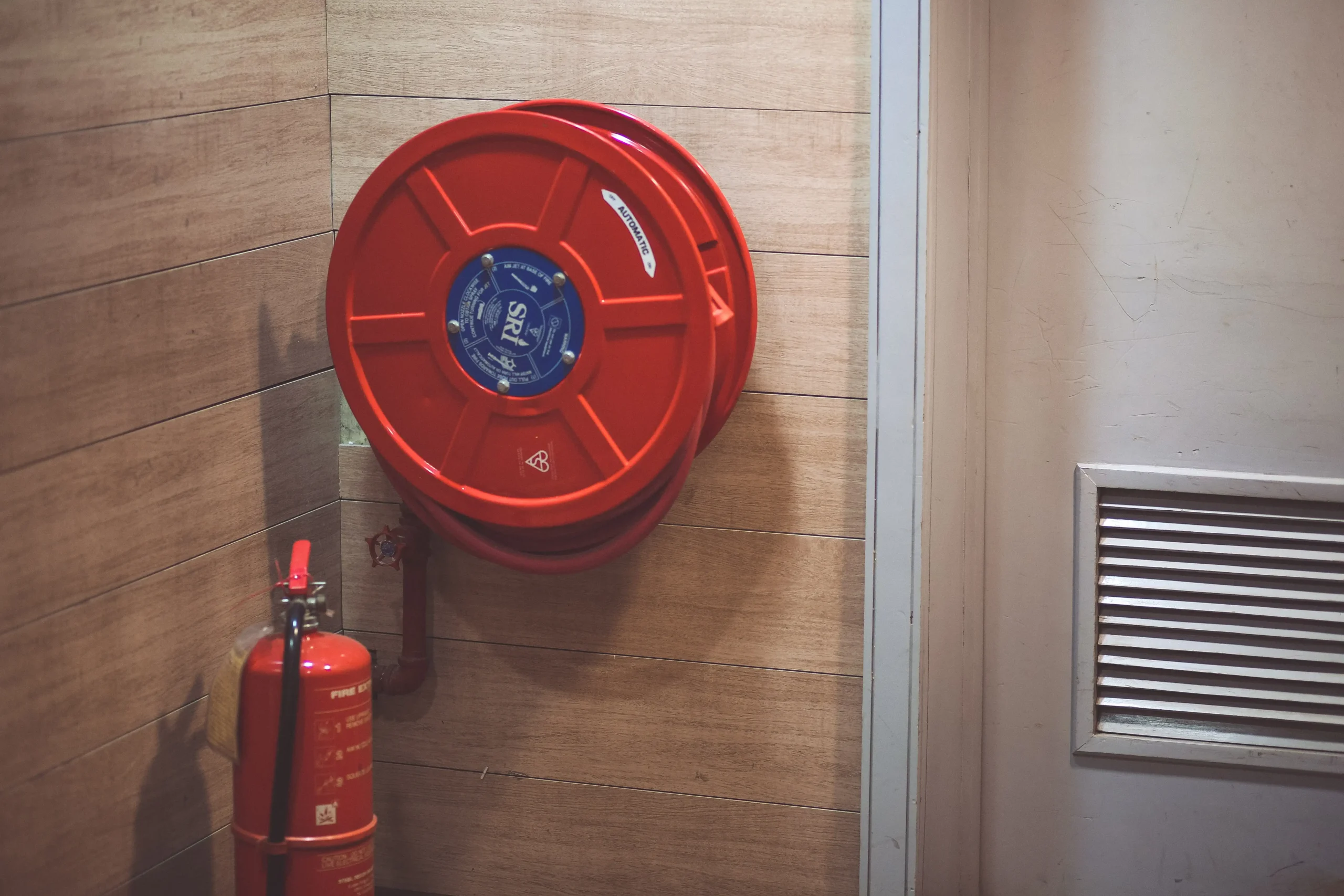
Fact 3: What are the Different Types of Fire Extinguisher Inspections Based on Time?
here are 3 different intervals during which verified fire inspectors conduct their inspections. These consist of,
Monthly Fire Extinguisher Inspections
Yearly Fire Extinguisher Inspections
Internal Fire Extinguisher Inspections (5,6 or 12-year intervals)
The reason behind the frequency of these inspections lies in the regular maintenance of extinguishers and the different requirements for each inspection to name it a successful inspection.
Fact 4: What are the Different Types of Fire Extinguisher Inspections Based on Procedural Steps?
There are 3 different types of fire extinguisher inspections based on the set of steps followed during an inspection,
Visual Fire Extinguisher Inspections
Maintenance Extinguisher Inspections
Internal Extinguisher Inspections
Each follows a different plan of action and has different goals regarding what to verify in an extinguisher, what qualifies as a successful inspection, and what the final goal of that procedure is.
Get posts like this in your inbox.
Keep learning how to run a 5-star business with our bi-weekly newsletter.
Fact 5: Monthly Fire Extinguisher Inspections
A monthly fire extinguisher inspection is a frequent check to ensure that fire extinguishers are working properly and are still fit for instant use.
The first inspection of a fire extinguisher happens when it is first installed at a location. This marks the reliability of the extinguisher after its initial purchase and set-up.
Any average person with general knowledge of how a fire extinguisher works and how to check if it works can do this inspection. There’s no need to call professional inspectors for your frequent monthly inspections. However, if your extinguishers are placed in an environment prone to metal rusting or anything similar, they’ll need to be checked more frequently.
Fact 6: Yearly Inspections
These inspections are more general maintenance of your extinguisher. They need to happen because, after a year, there is a higher chance that your extinguisher is not capable of putting out fires and needs a refresh.
More certified individuals, like fire inspectors, take care of these annual inspections, as they require a certain level of expertise and an experienced eye for the task. They are the only ones who know whether to just go for a regular visual fire extinguisher inspection or if something more is needed based on the type of extinguisher.
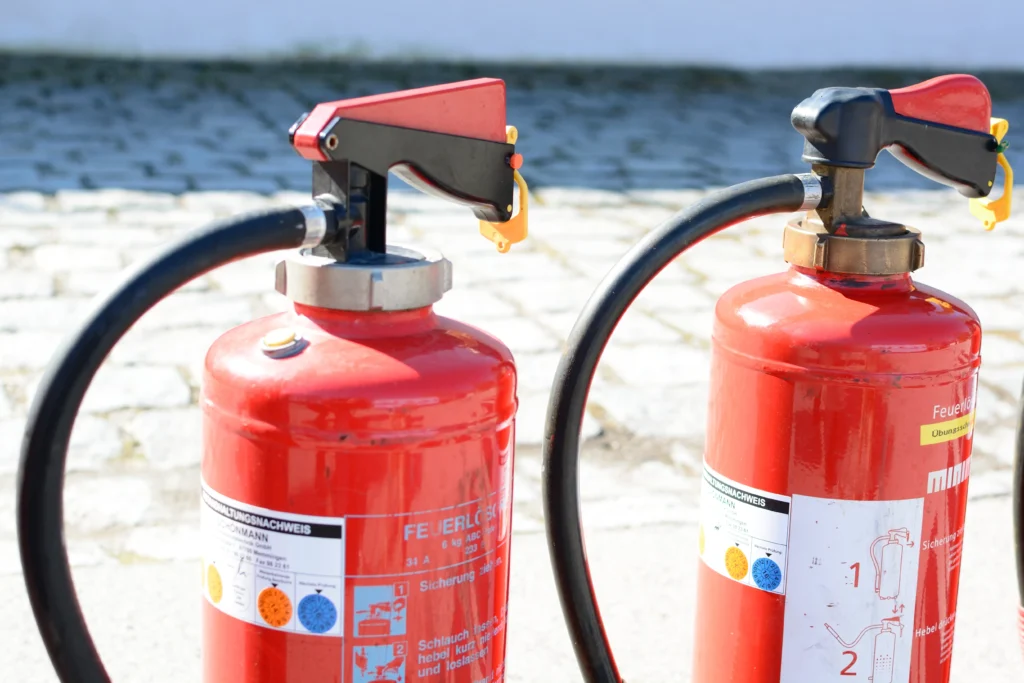
Fact 7: Internal Maintenance Inspection
Internally checking your extinguishers is not something that needs to be done frequently, but it can be done over the gap of at least a few years. A verified individual is more likely to be the right person for the job in this situation, and not just anyone is legal to do these procedures.
Every type of extinguisher has its own maintenance requirements. The process can differ for each type. Dry chemical extinguishers need to be inspected only once every 12 years. The carbon dioxide fire extinguisher needs to be checked once every five years.
Fact 8: Visual Fire Extinguisher Inspections
Visual inspections only require a person who knows their way around fire extinguishers. The person doesn’t need to be a full-on professional. Here are some specific steps that need to be checked for, indicated by the NFPA,
The extinguisher needs to be located at its designated spot.
The fire extinguisher needs to be visible or there should be proper signs indicating in which direction the fire extinguisher is present.
It needs to be in an easily accessible location.
The pressure gauge needs to be in an operable positioning from the fire extinguisher.
The fire extinguisher needs to be checked for full capacity by weighing it.
The condition of the tires, wheels, nozzle, and hose need to be checked for wheeled extinguishers.
After a monthly visual inspection, a tag indicating the inspection process and verifying that the extinguisher is in good working condition is expected to be attached to it.
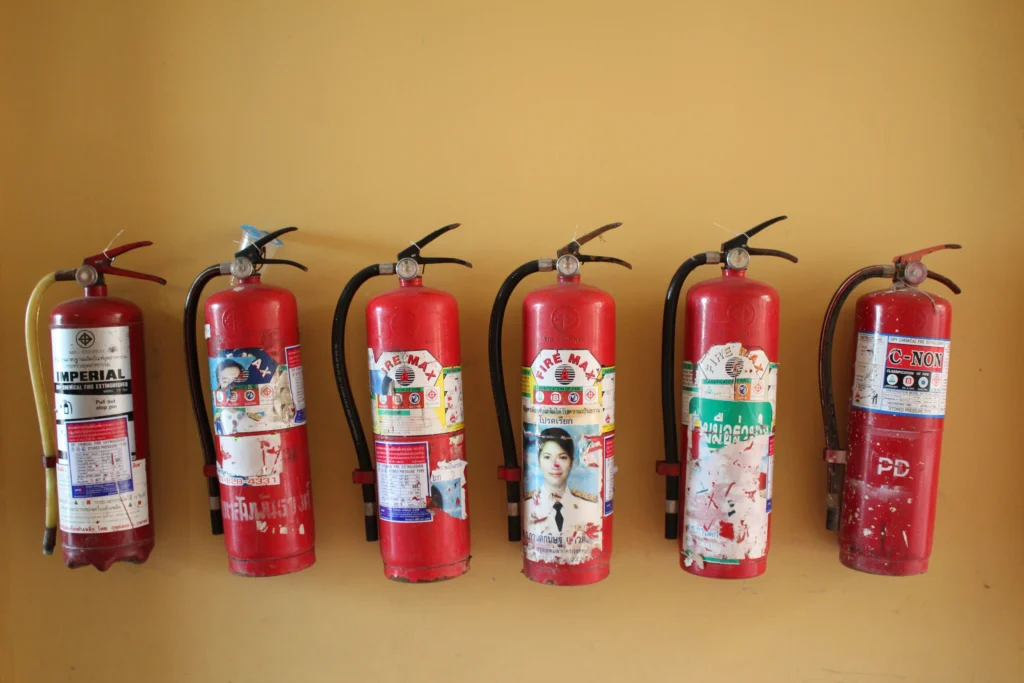
Fact 9: Maintenance Inspections for Portable Fire Extinguishers
Maintenance inspections focus on the factor that all the components of a fire extinguisher are in working order and usable by anyone in any situation. Here’s a minor breakdown based on what the NFPA expects from a procedure of such,
Inspecting all the mechanical parts of the extinguisher, repairing and replacing if necessary.
Focusing on the physical condition of the fire extinguisher.
Checking if the means of expelling throught the extinguisher is working and intact.
Proper amount of expelling agent still available in the fire extinguisher.
Internally checking the extinguisher is not needed for a usual annual inspection, but if the professional conducting the inspection thinks it’s required, then it needs to be done, no questions asked.
Fact 10: Internal Hydrostatic Testing Inspections
Hydrostatic testing is a verified process by the NFPA that efficiently tests the effectiveness and working of a fire extinguisher, so here are a few steps of that process,
The testing begins with an internal and external examination of the extinguisher.
Then the parts of the extinguisher are stripped down until only the metal sheel and the hose are left.
The extinguisher tank is then filled up to the brim with water and then stored at a particular pressure rating for a specific period.
After this process is complete, the extinguisher is put back together, as it was originally, and then it is again filled with the expelling agent that the tank is specialized for.
This whole process is a bit difficult and can go wrong if not done by the right individual. So, authorities are advised to make sure that verified individuals only conduct internal hydrostatic testing.
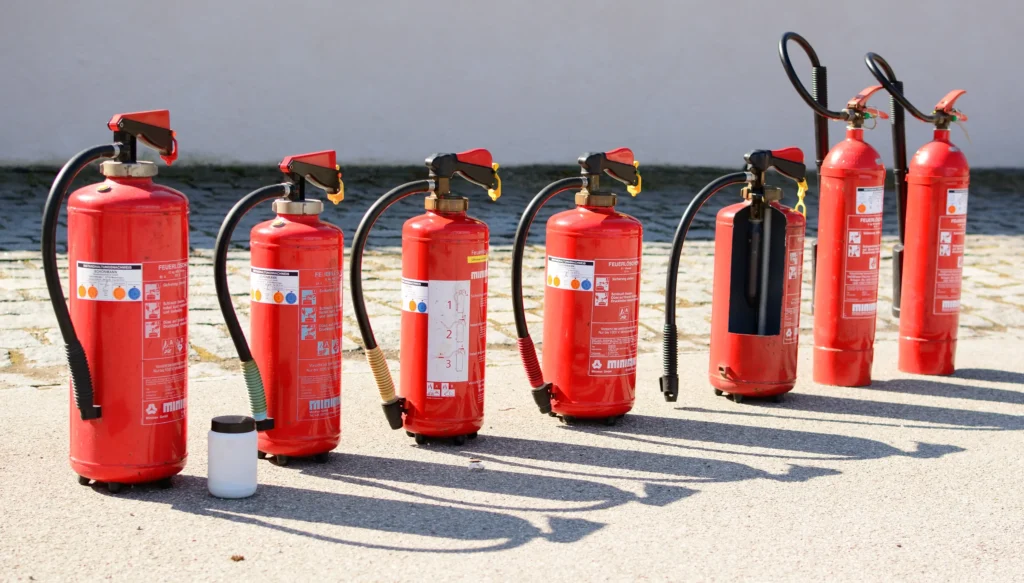
Fact 11: What is a Fire Extinguisher Inspection Tag?
A fire extinguisher inspection tag is a piece of paper attached to an extinguisher after an inspection. The tag contains all of the information that verifies an inspection has been done on the extinguisher and the same information that an official would need to understand what to do during its next inspection.
Fact 12: Can ZenFire help your Process of Inspections?
Any fire inspection process is a well-oiled machine of manual work and professional inspection. ZenFire understands this procedure can be tedious, repetitive, and undoubtedly high-maintenance. With the help of our software, the work that needs to be done can be very easily cut short while also increasing the speed of completion for the entire inspection process.
Learn more about the best fire inspection service software with a FREE demo today!
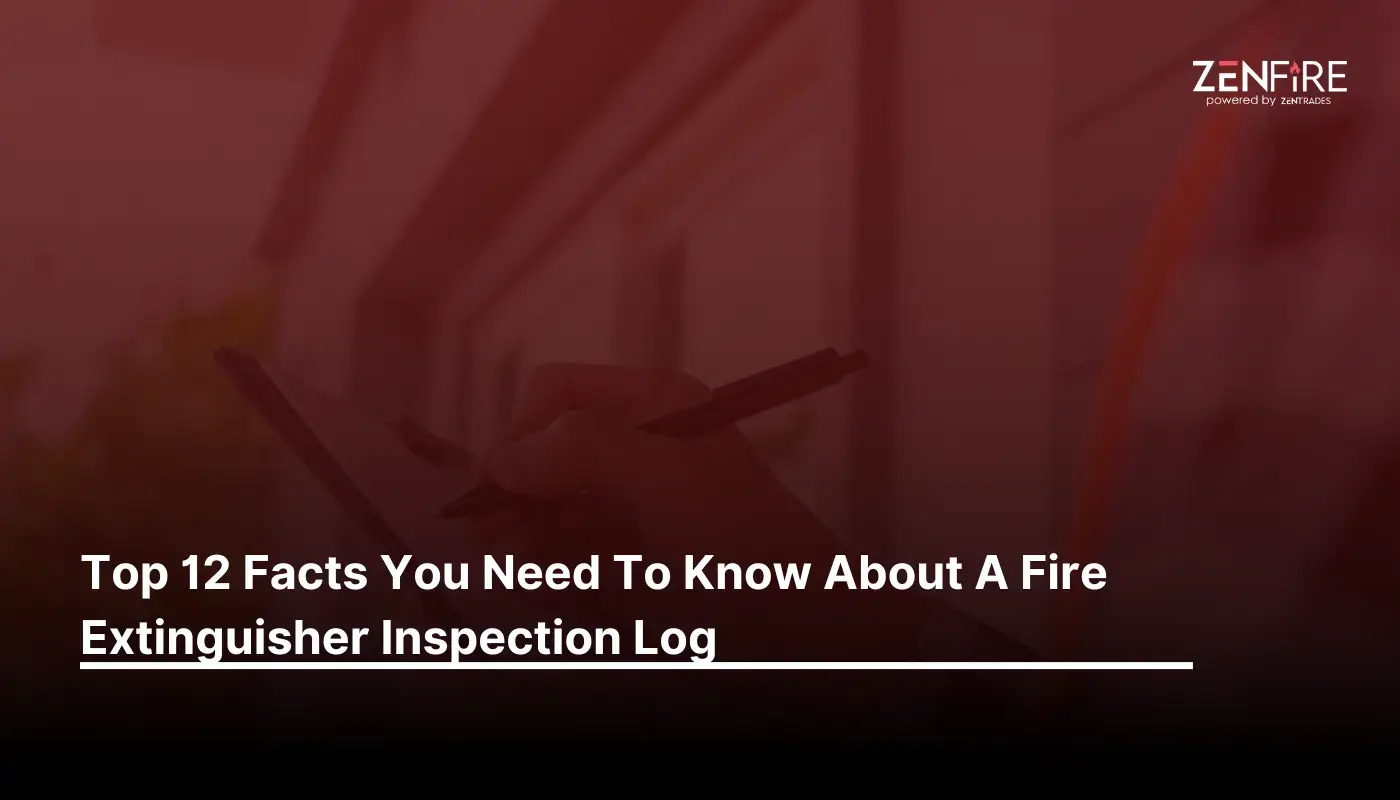
Explore a better way to grow your business. Book a free demo now!
Get organized, win jobs, and wow customers.
Book A Free Demo with ZenTrades Today!
Related Reading
Why Your Field Software Management Software Needs QuickBooks Integration
ZenTrades Why Your Field Service Management Software Needs QuickBooks Integration Read More Request Demo...
Read MoreZenTrades How To Manage Electrical Service Agreements Like...
Read MoreZenTrades The Best 5 Jobber Alternatives In 2023...
Read More


